Detached garage sub panel
3hotwires
11 years ago
Related Stories
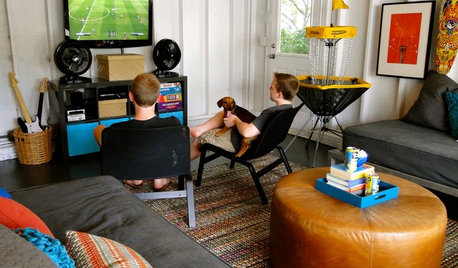
GARAGESRoom of the Day: Detached Garage Turned Teen Cave
New room serves up Ping-Pong, disc golf and board games, and hosts movie nights and sleepovers
Full Story
GREEN BUILDINGLet’s Clear Up Some Confusion About Solar Panels
Different panel types do different things. If you want solar energy for your home, get the basics here first
Full Story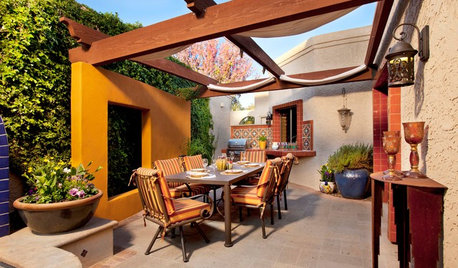
GARDENING AND LANDSCAPINGPatio Details: Sliding Fabric Panels Filter the Light Just Right
Stepping up to the harsh sun and heat of the desert Southwest, this intimate patio is an exotic escape right outside
Full Story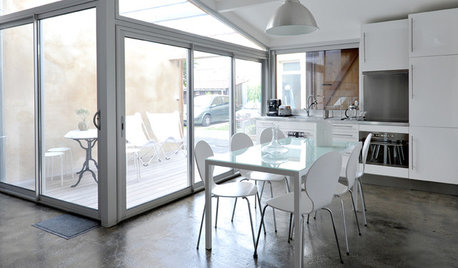
MORE ROOMSMore Living Space: Converting a Garage
5 things to consider when creating new living space in the garage
Full Story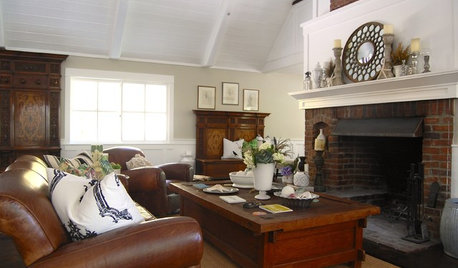
HOUZZ TOURSMy Houzz: Urban Cottage Style in a Woodsy Wonderland
With a detached guest suite, a pool amid natural rock and an abundance of towering trees, this California house is made in the shade
Full Story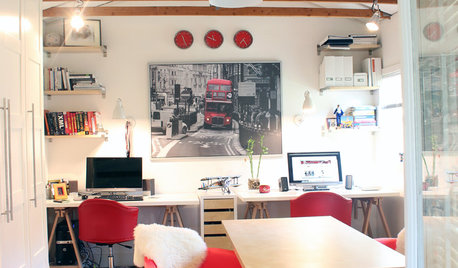
GARAGES6 Great Garage Conversions Dreamed Up by Houzzers
Pull inspiration from these creative garage makeovers, whether you've got work or happy hour in mind
Full Story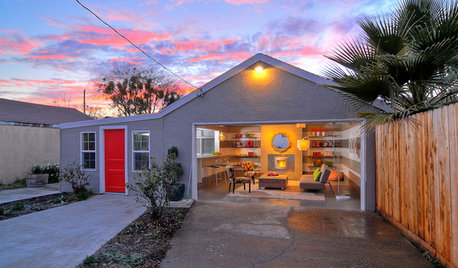
MORE ROOMSBehind a Garage Door, a Family Fun Room
Designer Kerrie Kelly's secrets to this low-budget garage makeover: a soothing palette, horizontal stripes and dashes of color
Full Story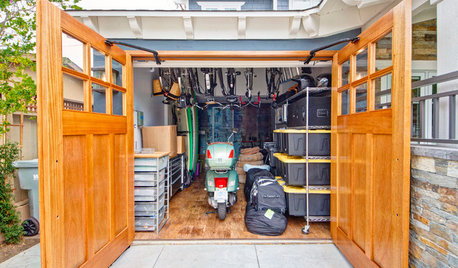
GARAGESHouzz Call: How Do You Put Your Garage to Work for Your Home?
Cars, storage, crafts, relaxing ... all of the above? Upload a photo of your garage and tell us how it performs as a workhorse
Full Story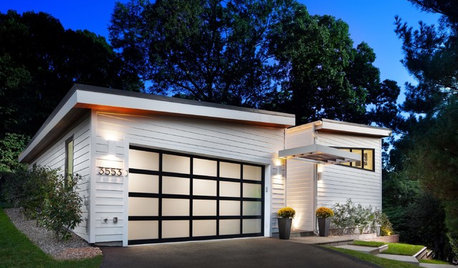
GARAGESKey Measurements for the Perfect Garage
Get the dimensions that will let you fit one or more cars in your garage, plus storage and other needs
Full Story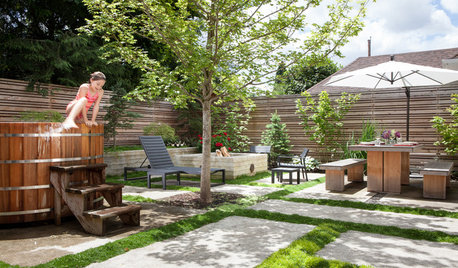
PATIOSBackyard Ideas: Writer's Studio and a Japanese-Inspired Garden
A nearby Japanese garden inspires a feature-packed backyard and studio for a work-from-home Portland writer
Full Story







Ron Natalie
glennsparky
Related Professionals
Aberdeen General Contractors · Highland City General Contractors · Ken Caryl General Contractors · Milford Mill General Contractors · Peoria General Contractors · Roselle General Contractors · Chanhassen Solar Energy Systems · Hinsdale Solar Energy Systems · Moreno Valley Solar Energy Systems · Los Angeles Home Automation & Home Media · Norwalk Home Automation & Home Media · Pittsburgh Home Automation & Home Media · San Fernando Home Automation & Home Media · Scottsdale Home Automation & Home Media · Tampa Home Automation & Home Mediabrickeyee
glennsparky
Ron Natalie
3hotwiresOriginal Author
brickeyee
greg_2010
Ron Natalie